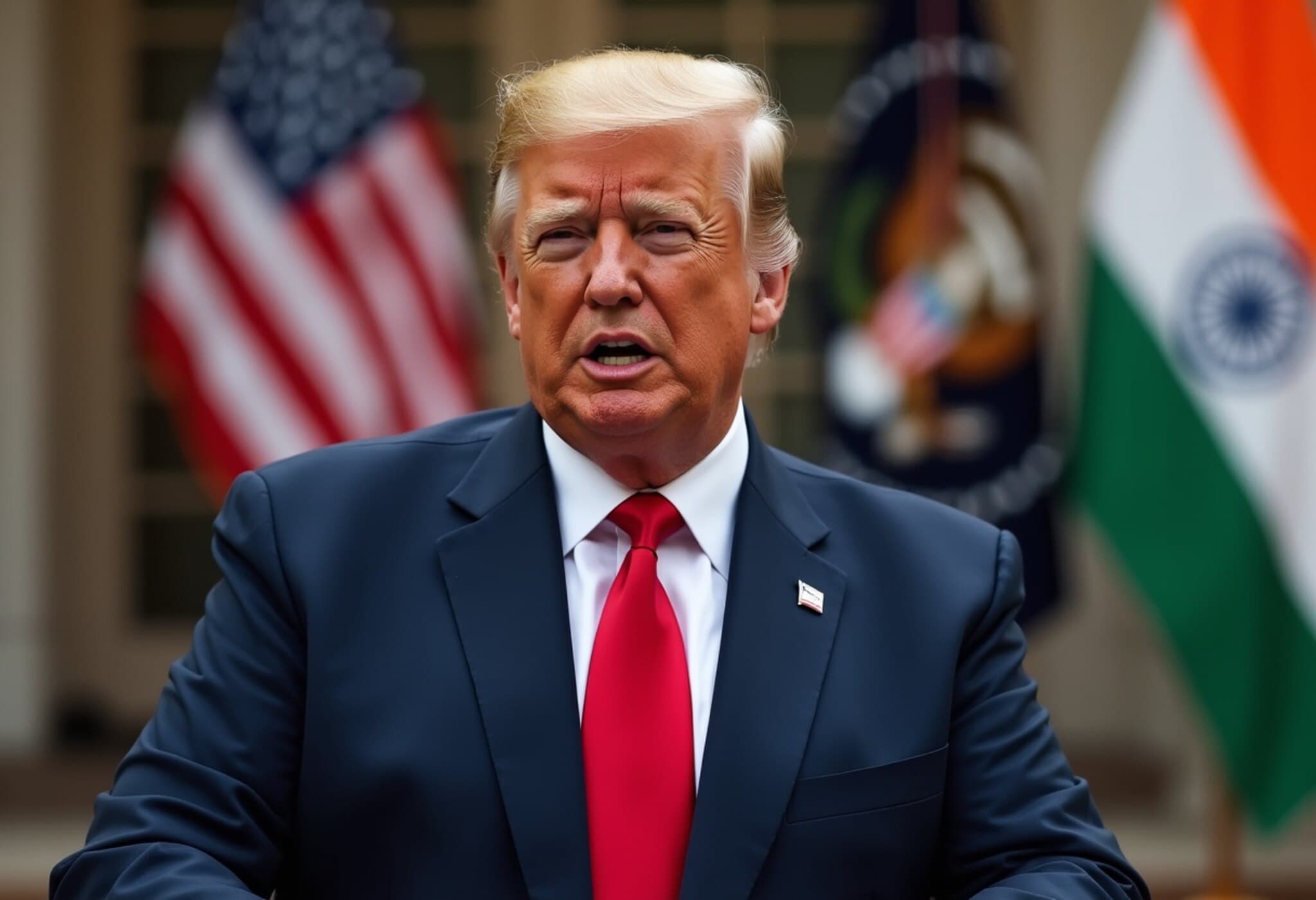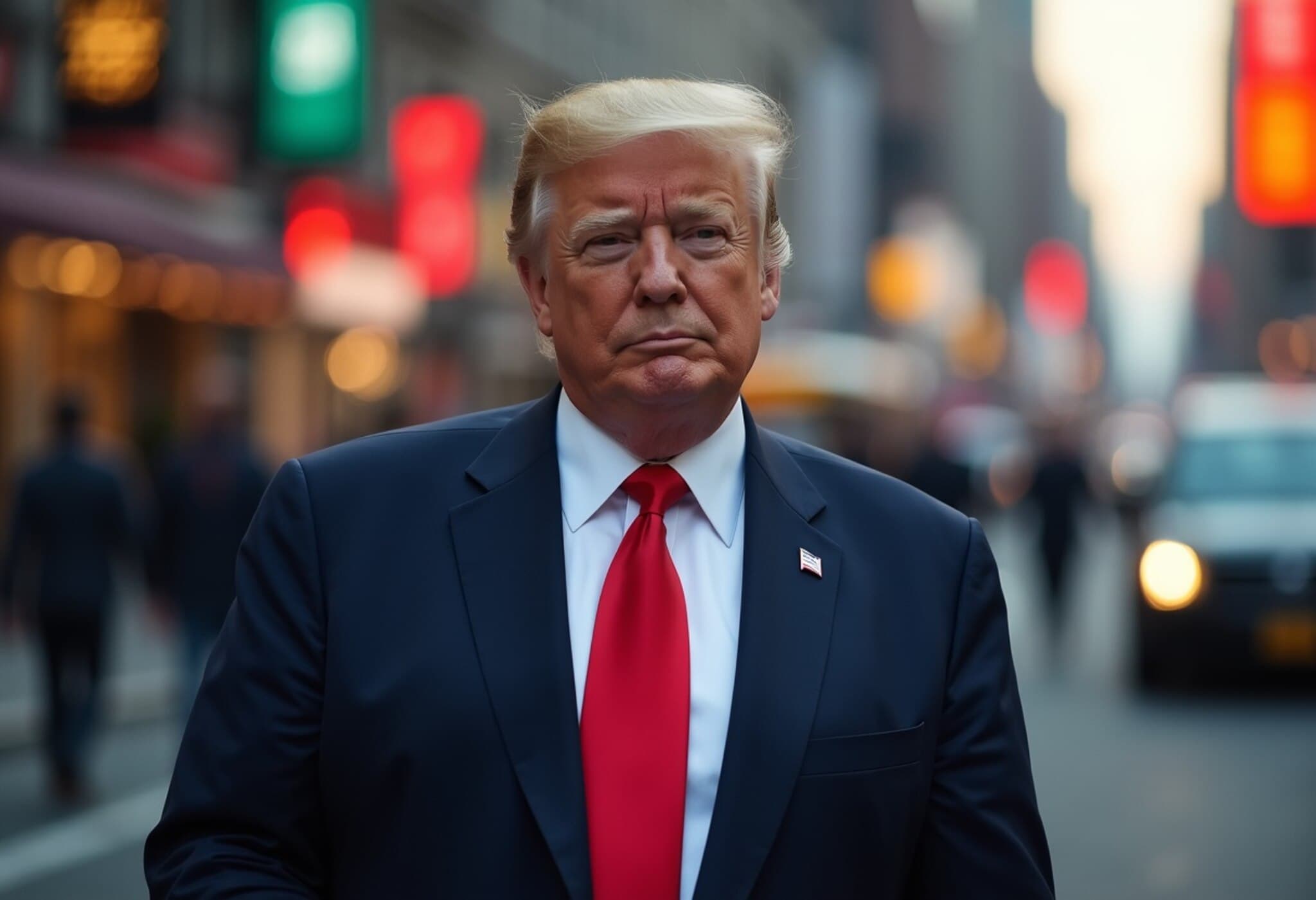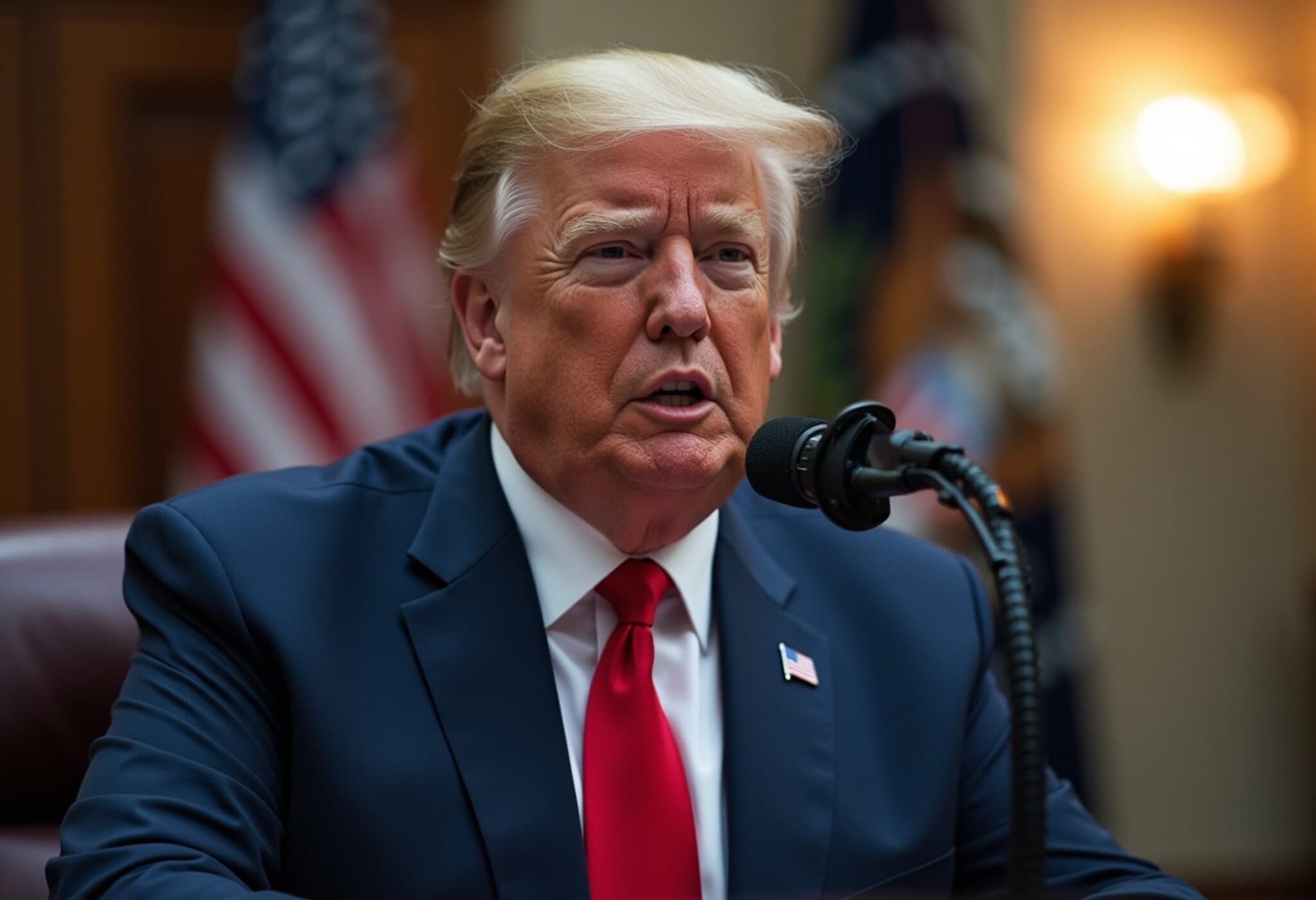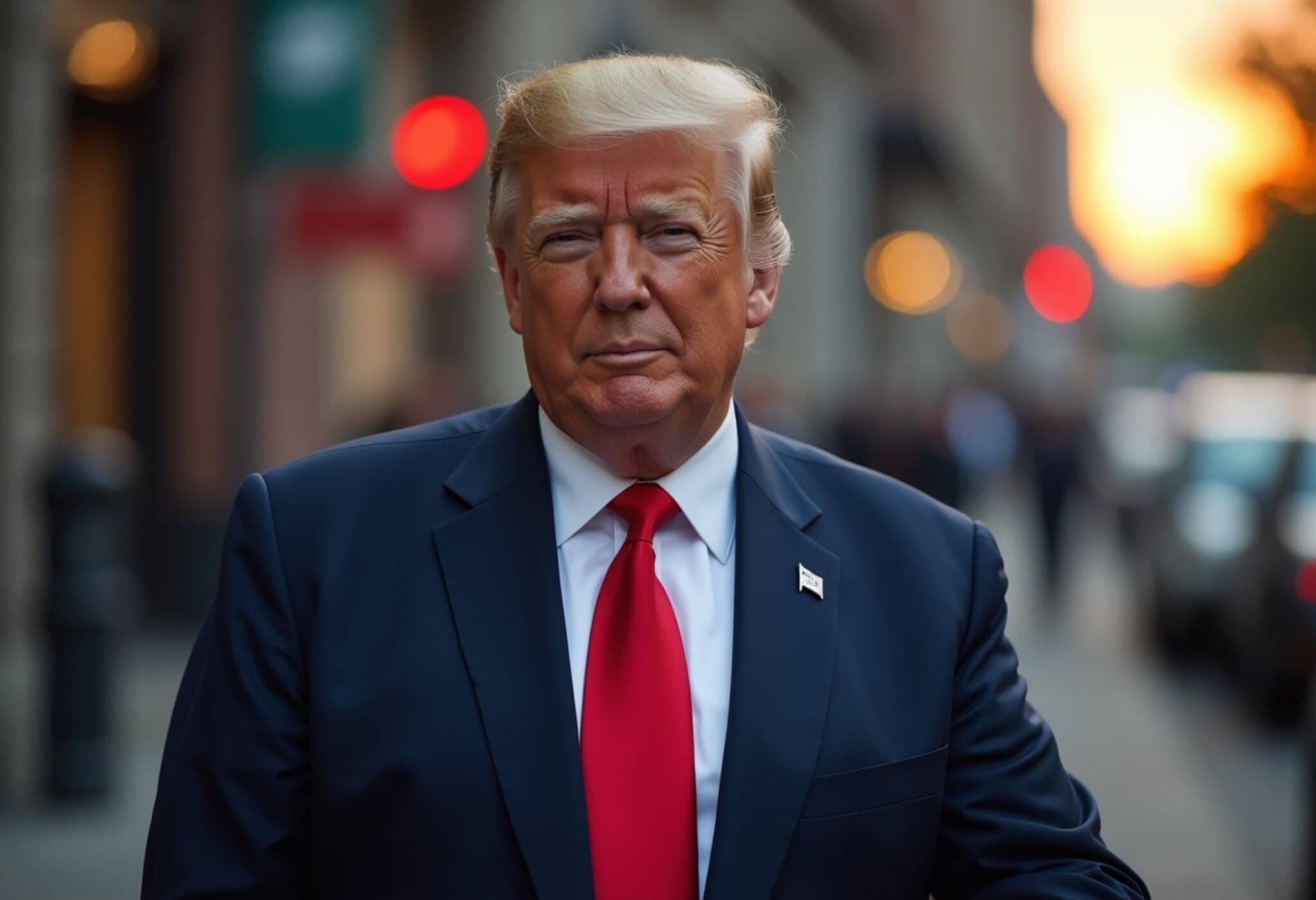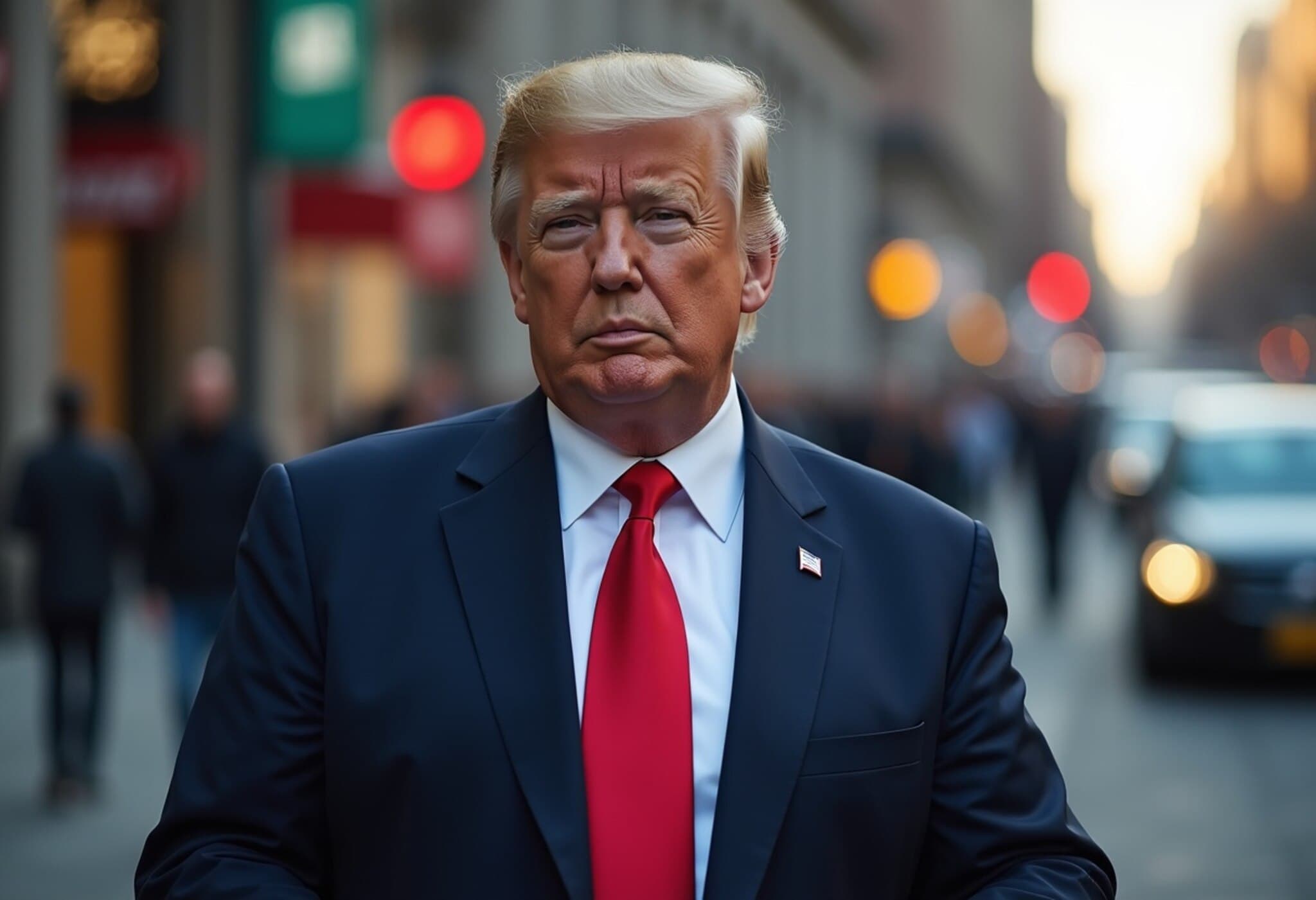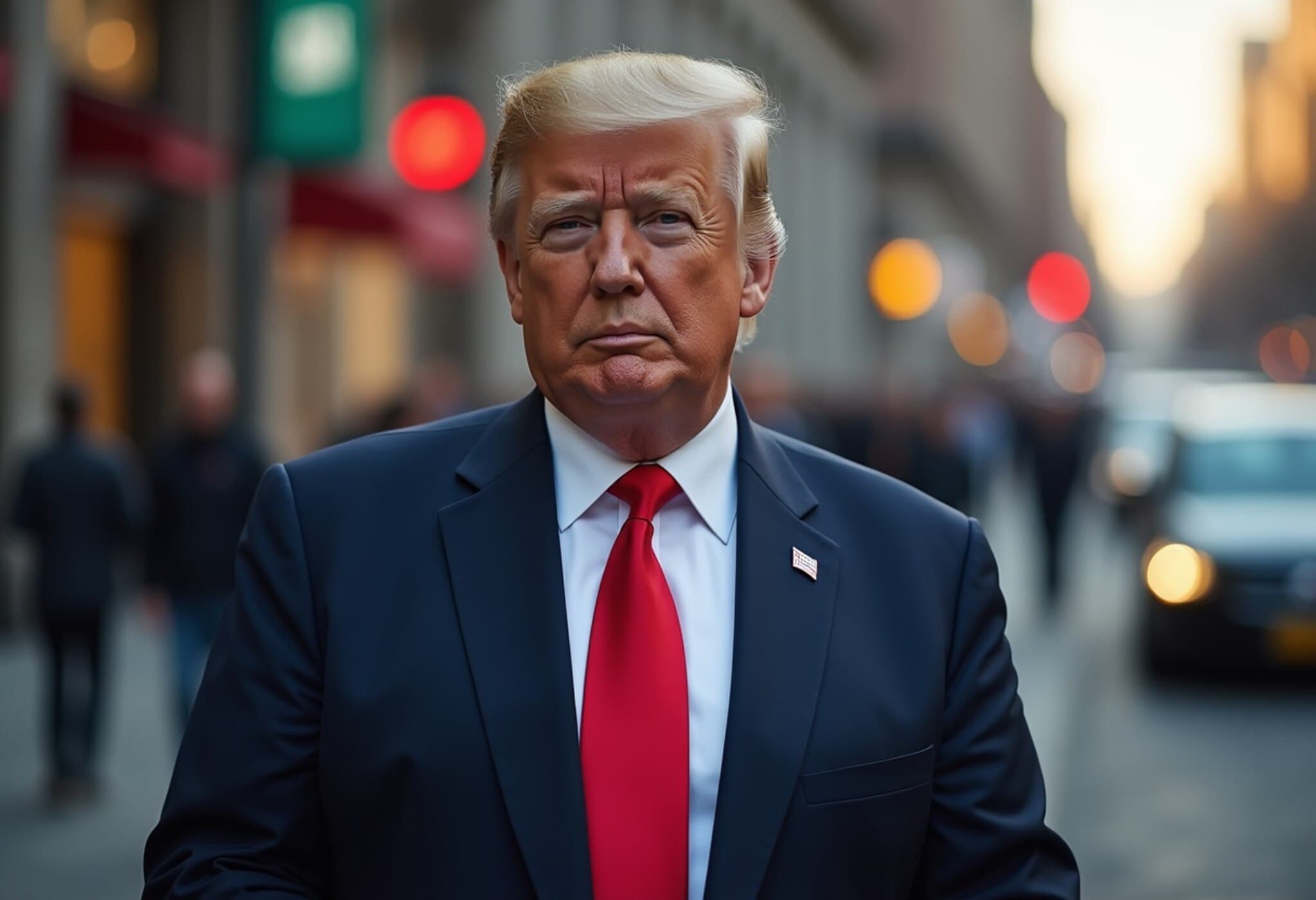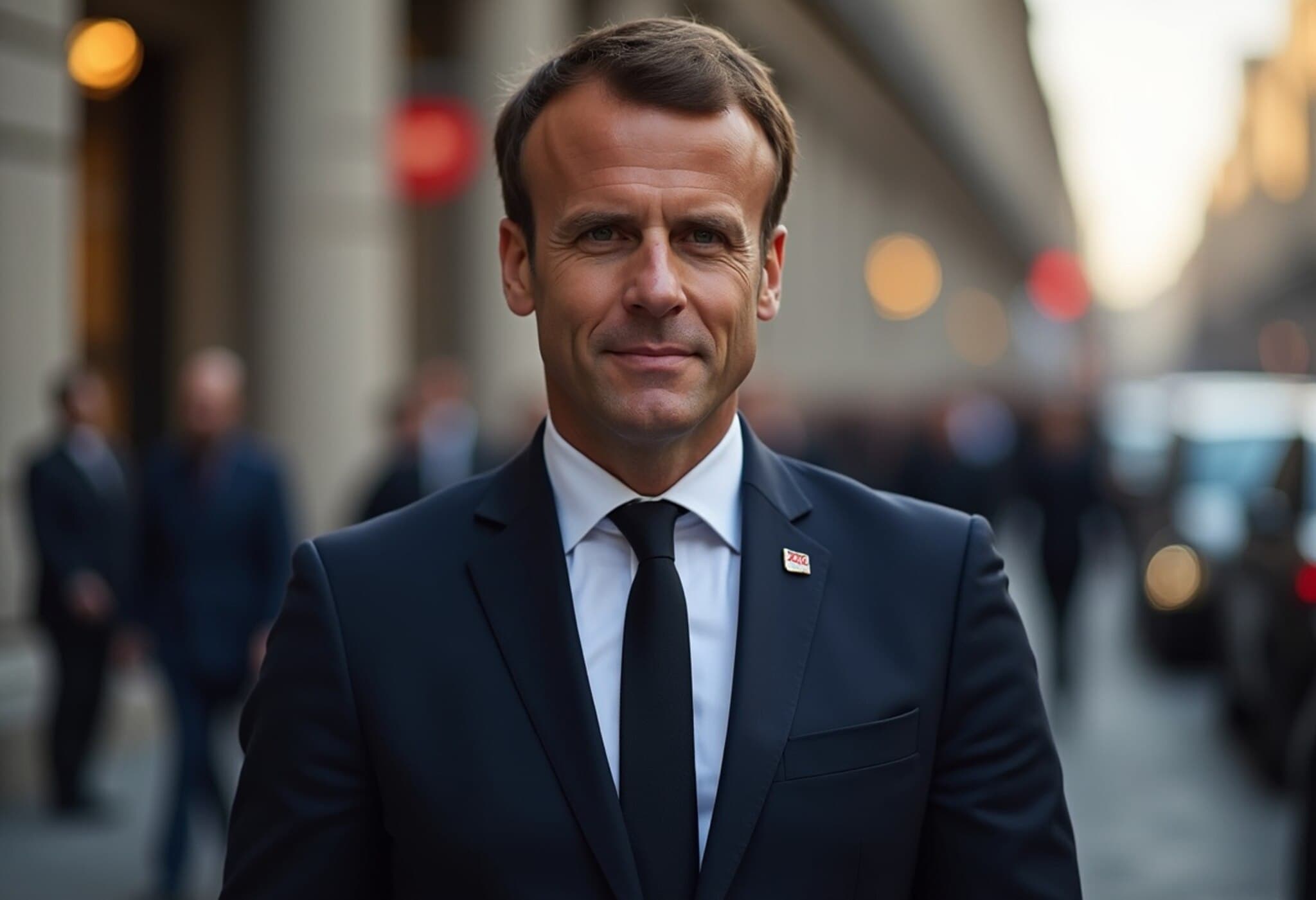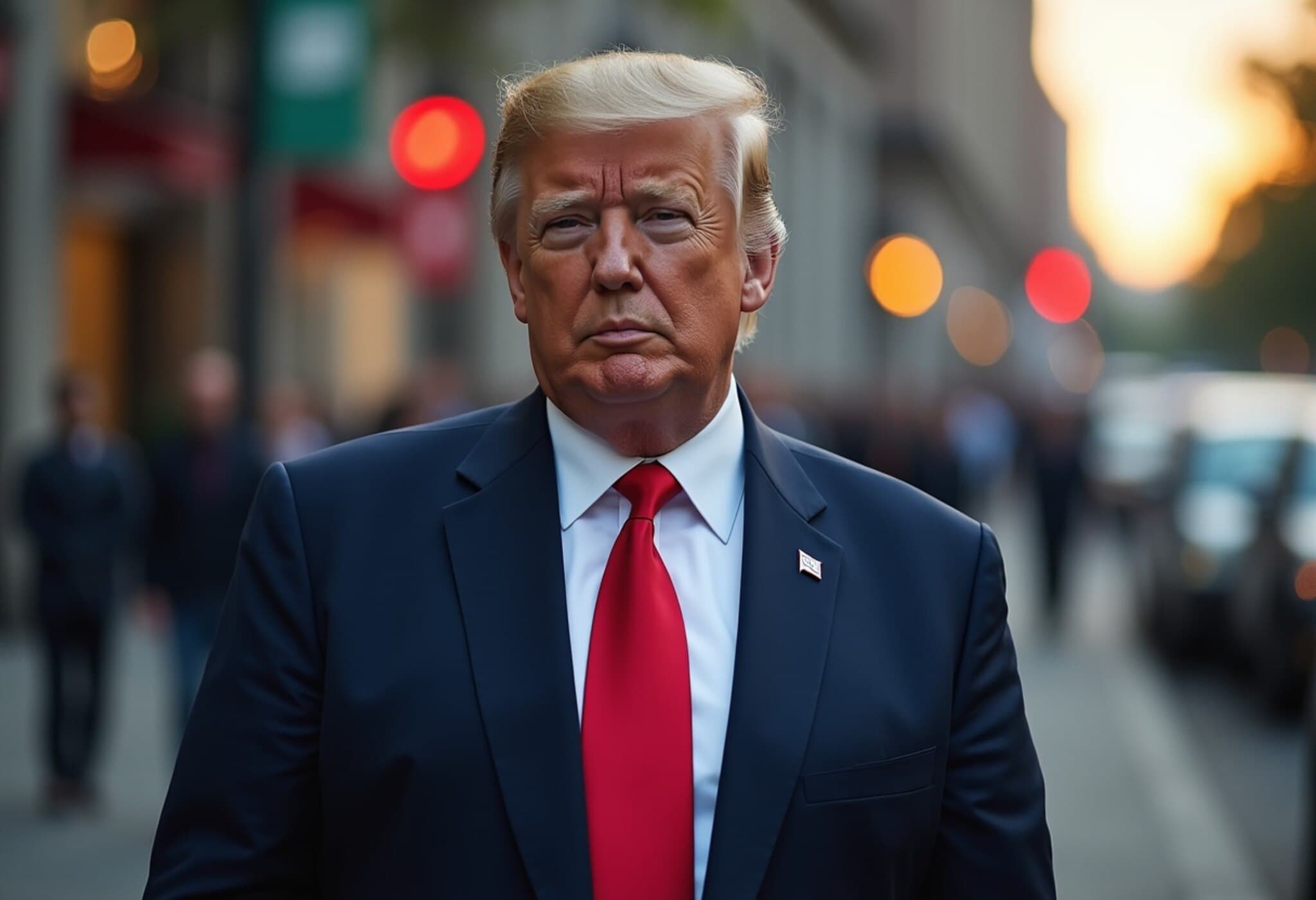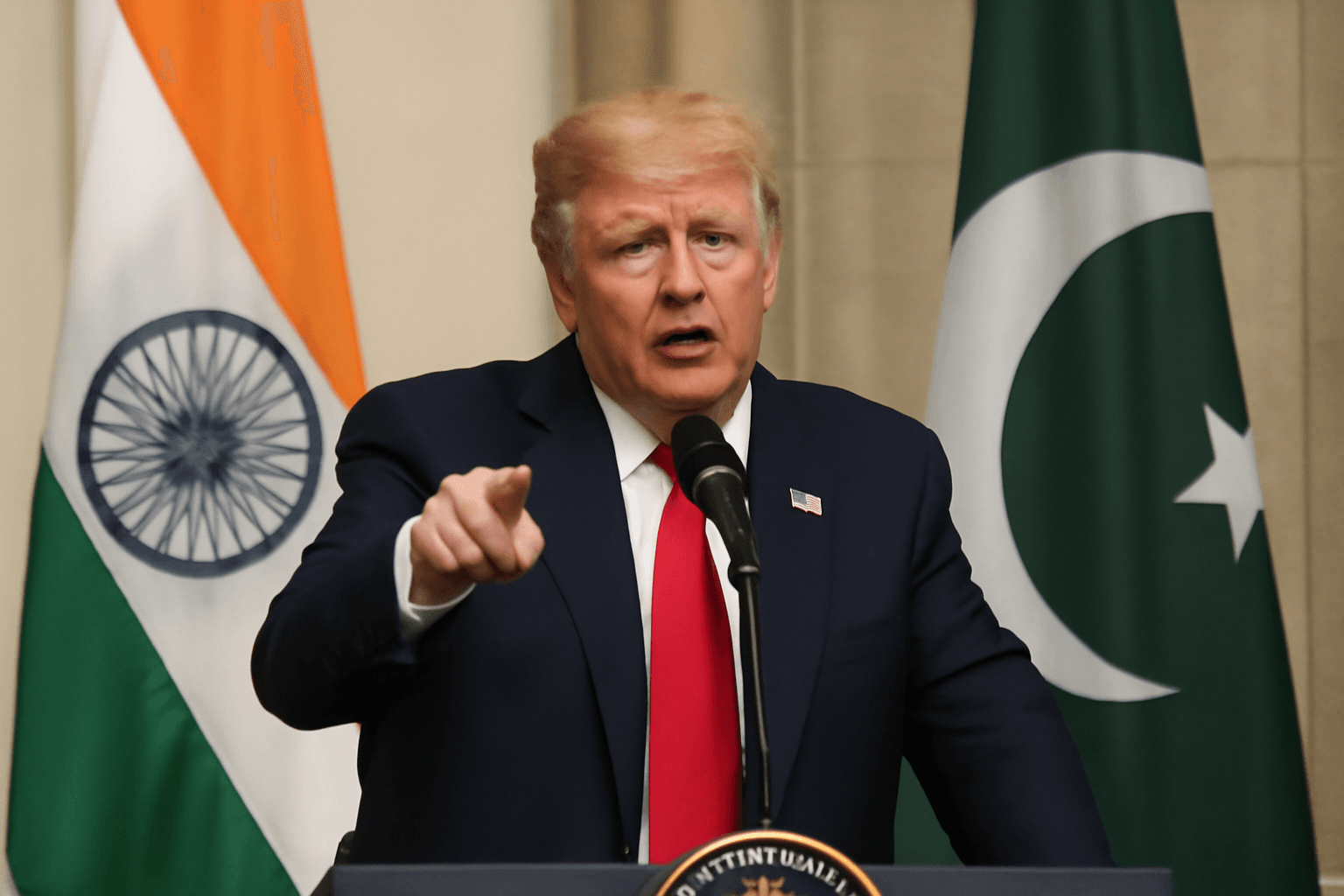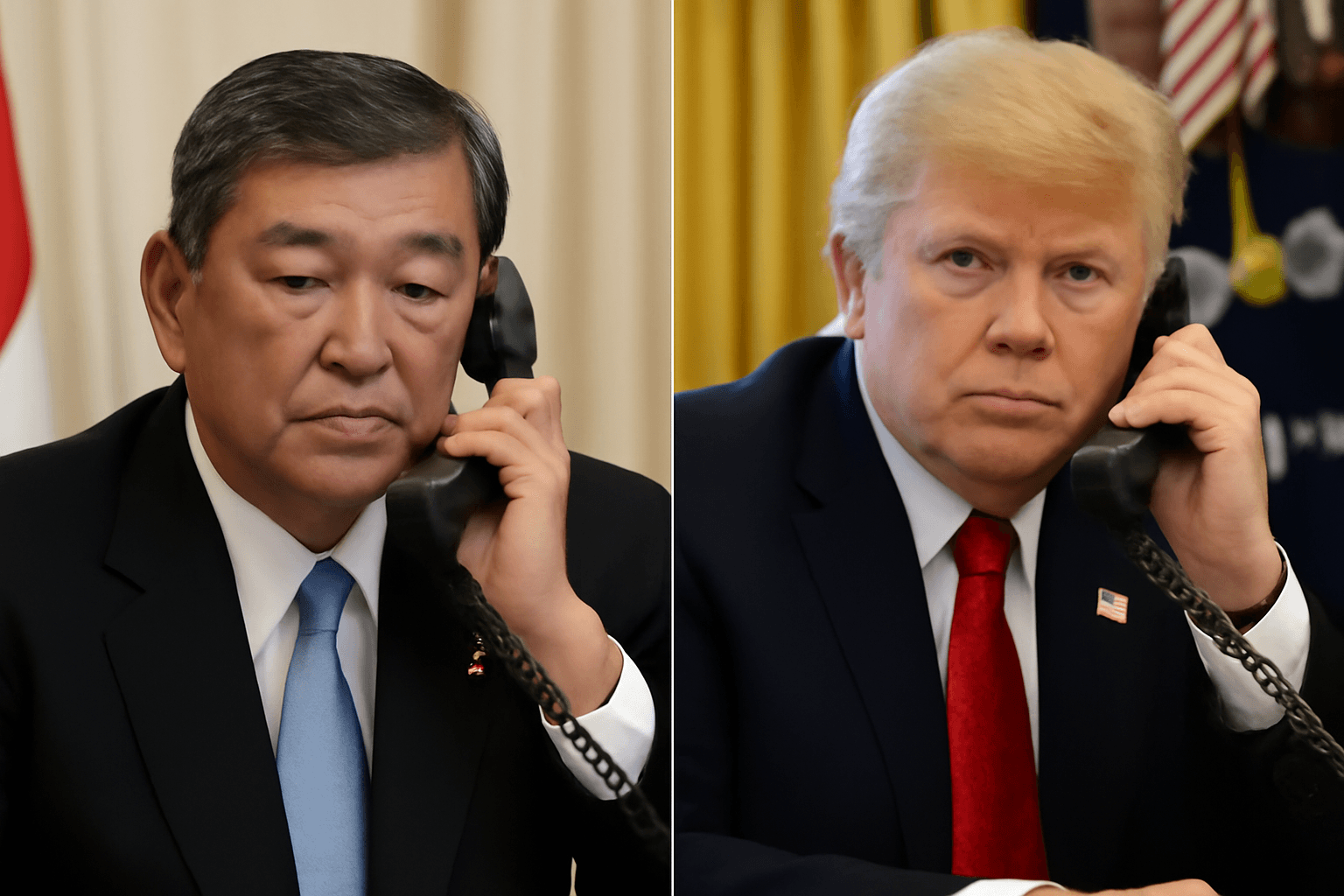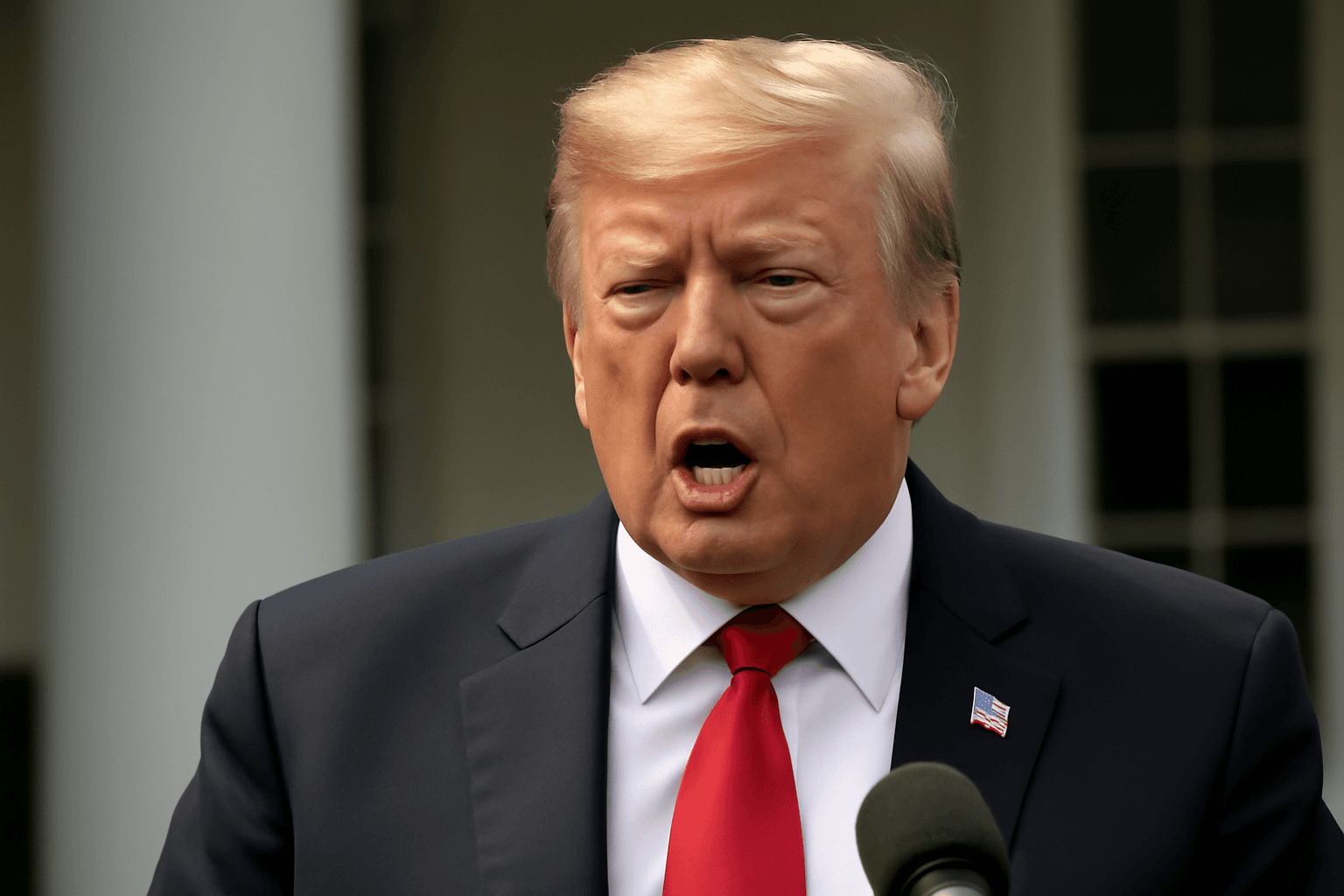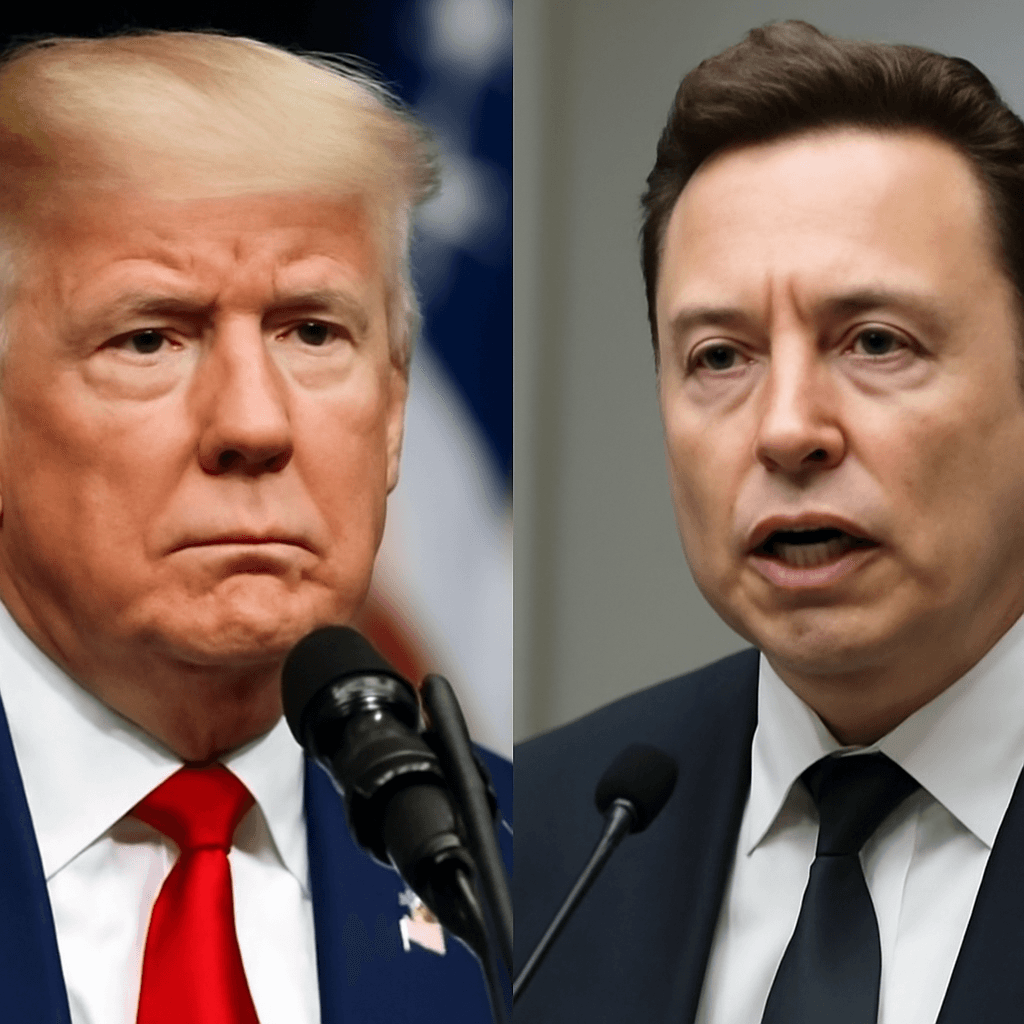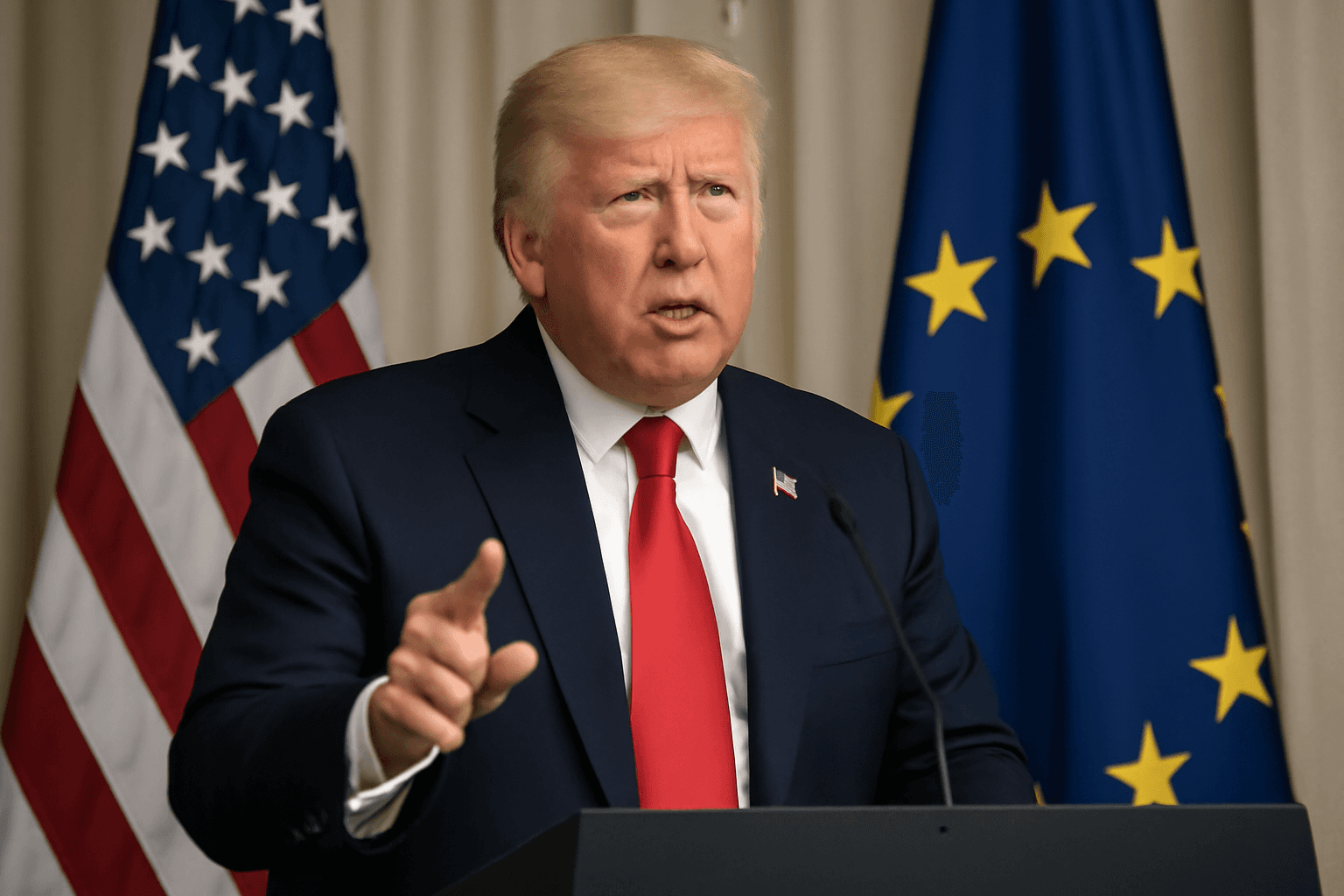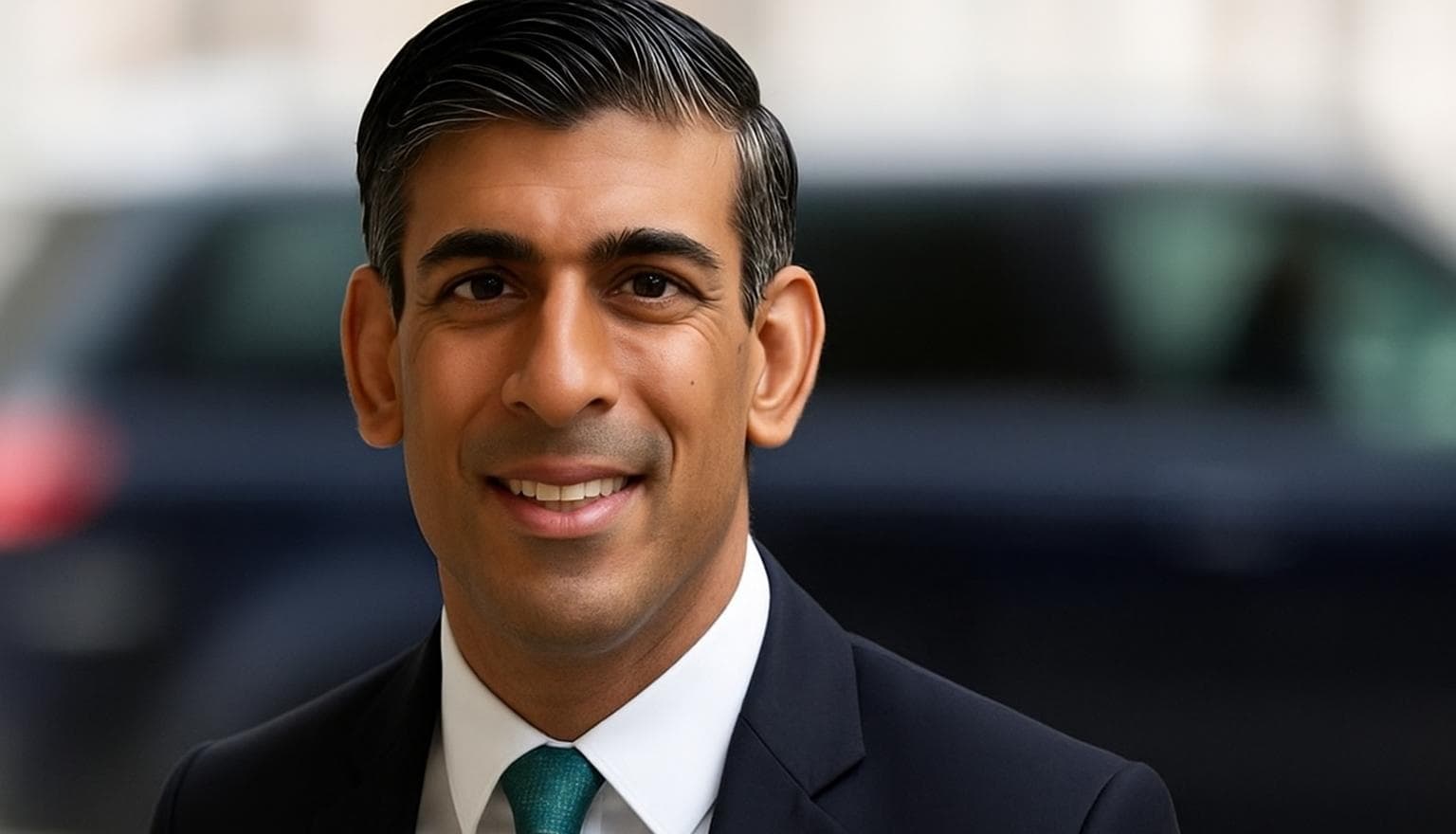Trump Edges Closer to Trade Deal with India While Targeting Allies
In a strikingly blunt address on July 8, 2025, US President Donald Trump signaled progress on a long-anticipated trade agreement with India, even as he unleashed a sweeping tariff threat against over a dozen countries, including close US allies Japan and South Korea. The move underscores Trump's continued use of aggressive trade tactics to recalibrate international relations and advance America's economic interests.
Trade Talks with India: A Delicate Balance
Standing before the press in Washington, Trump expressed guarded optimism: "We are close to making a deal with India." The announcement came amid months of complex negotiations aimed at addressing the hefty $45 billion trade deficit the US faces with India. While New Delhi has committed to purchasing substantial quantities of American arms and energy products, it remains cautious about preserving its agricultural sector, which supports over half of its population.
Interestingly, India avoided direct inclusion in the tariff threat letters sent to 14 nations, likely due to the ongoing advanced negotiations and the nuanced economic stakes involved. However, India still operates under a tight deadline of August 1 to finalize bilateral deals to avoid tariff hikes, reflecting the mercurial nature of Trump's trade strategy.
Tariff Threats Extend to Longtime Allies
In contrast to the tentative approach with India, Trump's rhetoric was notably hostile toward some US treaty allies. Japan and South Korea — key players in America’s strategic and economic alliances — were slapped with threats of tariffs ranging around 25 percent. These moves represent a drastic shift in traditional US trade diplomacy, unsettling decades of cooperation.
Adding to the turmoil were hastily written official letters sent to leaders of various countries, many containing glaring errors. For example, Japan’s Prime Minister received correspondence accusing Tokyo of running a "major threat" to US national security due to its trade surplus. Similar letters were dispatched to smaller economies like Bosnia and Herzegovina (where the female president was mistakenly addressed as "Mr."), Cambodia, and Bangladesh, highlighting Washington's broad-brush approach to trade enforcement.
Expert Insight: What This Means for Global Trade and US Policy
Trade experts interpret Trump's aggressive tariff stance as part of a broader attempt to leverage US market power amid slowing domestic economic growth and rising geopolitical tensions. While punitive tariffs can pressure countries to negotiate, they risk destabilizing long-standing alliances and global supply chains.
From an American policy perspective, the administration's emphasis on narrowing trade deficits reflects domestic political pressures to protect manufacturing jobs and revitalize industries. Yet, critics warn that such blunt tactics might provoke retaliation, increase consumer costs, and unsettle international cooperation on broader issues like security and climate change.
For India, the stakes are equally high. Balancing economic growth with agricultural protections presents a complex challenge, and the prospect of a trade deal with the US offers significant opportunities for expanded trade and investment — but only if both sides can navigate the tricky diplomacy under tight deadlines.
Trump’s 90-Day Trade Deal Promise Falls Short
The administration also downplayed earlier ambitions of securing "90 deals in 90 days," acknowledging that so far, only partial frameworks have been developed for a handful of agreements. Furthermore, officials admitted that contrary to initial expectations, many countries have been slow to engage in talks, causing concern within the White House.
Despite the setbacks, Trump's unequivocal message remains: unless countries commit to bilateral deals swiftly, they face steep tariffs designed to protect American interests. Whether this approach will yield lasting reforms or merely foster greater global tension remains to be seen.
Questions Left Unanswered
- How will India’s strategic partnership with the US evolve if tariff tensions escalate?
- What are the long-term economic impacts for US allies subjected to sudden tariff threats?
- Can bilateral deals realistically replace multilateral trade frameworks that have governed global commerce for decades?
Editor’s Note
President Trump's near-trade agreement with India comes amid a volatile global trade environment marked by unpredictable tariff threats that blur the lines between allies and adversaries. While the US seeks to assert economic dominance, this strategy risks fracturing crucial partnerships and adding uncertainty to international markets. As the August 1 deadline nears, the world watches closely whether pragmatism or protectionism will prevail—and what this means for the future of global trade diplomacy.

